Released back in 1960 the card game Dutch Blitz became a pretty popular speed card game. About two and a half years ago we reviewed Dutch Blitz and enjoyed it quite a bit. Today we are looking at Perpetual Commotion with happens to share a lot in common with Dutch Blitz. For people not familiar with either game, they are basically what you would get if you took Solitaire and added both a competitive and speed component to the game. While Perpetual Commotion only slightly differs from Dutch Blitz, it is still a quick chaotically fun experience.
How to Play Perpetual Commotion
Setup
Each player takes a deck of cards and shuffles it. All of the players will then pass their deck of cards to the left at the same time. Once the cards have been passed the round begins. Before playing the game each player places the top five cards from their deck in front of themselves face up forming what is called the “Front Five”. Next each player will form a face down pile of thirteen cards which is called the Feeders pile. The rest of the cards form the player’s Playmakers pile.

This player has completed setup by placing five cards face up in front of themselves (Front Five), thirteen cards face down to the right (Feeders pile), and the rest of the cards to the left (Playmakers pile).
Playing the Game
As soon as a player has setup their cards they can begin playing cards. Perpetual Commotion has no turns and all players play cards at the same time. In Perpetual Commotion players will play cards into piles in the center of the table. Each pile in Perpetual Commotion begins with a start card.
After a start card has been played anyone can play a two card of any color on top of it.
Players continue playing the next highest card of the same color on top of a pile until the pile reaches twelve. Once the pile reaches twelve one of the players can play a stop card which is the last card that can be played on a pile.
When trying to play cards the first place that players should look is their Front Five. If a card from the Front Five can be played to one of the piles in the center of the table, it should be played. When a card from the Front Five is played, the top card from the Feeders pile takes its’ place in the Front Five.
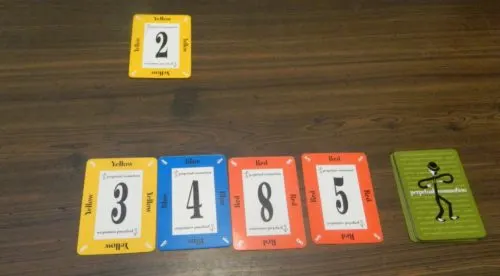
There are only four cards in this player’s front five. They will draw the top card from their feeders pile to fill in the empty spot in their front five.
If a player cannot currently play any cards from their Front Five, they will start looking through their Playmakers deck. When looking through the Playmakers deck, players flip over three cards at a time. If the player plays the top faceup card, they are then able to play the card under that card and so on. If the top card from the Playmakers deck cannot be played, the player can flip over three more cards from the deck. When all of the cards from the Playmakers deck have been flipped over, the deck is flipped back over and the top card from the deck is put on the bottom of the deck.
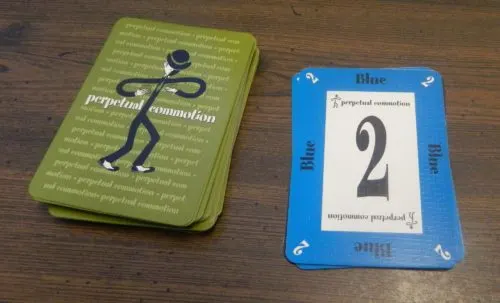
This player is currently looking through the Playmaker deck. They can either play the blue two or draw the next three cards.
Players continue playing the game until one of the players has gotten rid of all of their cards from their Feeders pile. This player can then call “Out” and all of the players have to stop immediately. The player doesn’t have to call out immediately though if they want to play some more cards to score more points.
Scoring
When a round has finished scoring is conducted.
First all of the players will count up the cards left in their Feeders pile. If a player has less then five cards in their Front Five they are able to put out enough cards to fill up the Front Five before counting how many cards are left in their Feeders pile. For each card left in a player’s Feeders pile they lose two points. The player that called Out will receive no negative points and will receive five bonus points for calling Out. All cards in a player’s Front Five and Feeders pile are then set aside.
The cards from the piles in the center of the table are sorted based on the color of the back of the card. Players count up their own colored cards and score one point for every card that they played out to the center of the table.
Except for the first round there is a chance for bonus scoring. Before a round begins the die is rolled by the player who called Out first in the previous round. Depending on what is rolled, additional bonus points might be available in the round.
- 1, 3, 5, 7: No additional bonus scoring.
- 2: 10 points instead of 5 for calling Out.
- 4: Multiply your normal score by two.
- 6: 20 points instead of 5 for calling Out.
- 8: The player who rolled the die loses ten points from their current score.
Each player records their score and shuffles a deck of cards for the next round.
End of Game
When a player reaches 150 points, they win the game.
My Thoughts on Perpetual Commotion
People familiar with Dutch Blitz are probably already thinking that Perpetual Commotion sounds a lot like it. I totally agree with that assessment since Perpetual Commotion basically feels like a variant of Dutch Blitz which has slightly tweaked some of the rules. Basically all of the main mechanics are exactly the same in both games. The following small tweaks are the only differences I could find between the two games:
- Perpetual Commotion has more cards than Dutch Blitz. Each deck in Perpetual Commotion has four sets of cards numbered 2-12, four start cards and four stop cards for a total of 52 cards. Dutch Blitz decks have four sets of cards 1-10 for a total of 40 cards.
- The Front Five/Post Piles are handled slightly differently. In Perpetual Commotion you have five piles in front of you. In Dutch Blitz you have three piles but you can play cards on top of each other in decreasing order alternating colors like in Solitaire.
- Perpetual Commotion has the die that occasionally changes the scoring between rounds.
- The Feeders pile in Perpetual Commotion has more cards and is face down while the Blitz pile in Dutch Blitz is face up.
- Dutch Blitz requires 75 points to win while Perpetual Commotion requires 150 points.
After looking through both games’ rules those are the only differences I noticed between the two games. These rule differences are quite minor. Most of these differences are things that you could easily implement in the other game. The only thing that can’t be adopted by the other game is the card distribution.
For those of you not familiar with Dutch Blitz I would basically call Perpetual Commotion a competitive speed Solitaire. Basically you play cards to piles in the center of the table that match the color and are one higher than the top card in the pile. Unlike Solitaire though you cannot take your time trying to figure out what you want to do. When you see an opportunity to play a card you need to immediately play it or another player is likely going to beat you to it. If you don’t have a quick reaction time you are going to have a hard time winning Perpetual Commotion.
Just like with Dutch Blitz, Perpetual Commotion is really simple. Basically all you have to do is play sequential cards of the same color on the piles in the center of the table. Anyone who has ever played Solitaire in their life should have no problem playing the game. I would say that most hands in Perpetual Commotion are really quick lasting a couple minutes to five minutes at top. The length of the whole game can be adjusted quite easily by adjusting the number of points a player needs to win the game. It usually takes around 30-45 minutes to finish a 150 point game of Perpetual Commotion.
So the goal in Perpetual Commotion is to play as many cards as possible to the piles in the center of the table. Every card that you play will score you a point and may prevent one of the other players from playing one of their cards. In order to maximize the number of cards that you are able to play, you basically need to keep one eye on your cards while you keep the other eye on the piles in the middle of the table. You need to know when other players add cards to the piles so you can possibly add the next card to the pile before another player can.
While it is good to play cards from your Playmakers deck, the key to winning the game is to always have an eye on your Front Five. You need to remember which cards you have in your Front Five and regularly monitor the piles that are getting close to one of your cards. While a player will occasionally win a hand without getting rid of all of their Feeder cards, it is pretty rare. Therefore you really need to focus on your Front Five and Feeder cards. While it is nice to play a lot of cards from your Playmakers deck, it is likely better to focus on the piles so you don’t lose an opportunity to play one of your Front Five cards. When one of the piles is getting close to one of your Front Five numbers you might be better off focusing more on that pile than worrying about going through your Playmaker deck.
The biggest complaint I have for Perpetual Commotion is that there is quite a bit of luck involved in the game. The fastest players in the game are going to have an advantage but the cards a player gets in their feeder pile are really important. If you get a lot of low cards in your Feeder pile you have a pretty big advantage over the other players. If you have a lot of higher cards it will be considerably harder to win. The reason you want lower cards is that they are easier to play since all of the piles start low and get higher. Therefore there are more opportunities to play low cards than there are high cards. Players that are considerably better at the game will be able to overcome some of this luck but if all of the players are equally skilled the luckiest player will likely win. With rounds being so quick though, the reliance is not as bad as it could have been.
Other than the reliance on luck the other issue I have with Perpetual Commotion is with the mechanic where the bonus scoring can change every round due to a roll of the die. While this is more of an annoyance than anything else, I just don’t really see the point of the die. In one game that I played, every die roll was odd so the die never even impacted the game. Usually the die just makes finishing first even more powerful. Five points for finishing first is already enough so I don’t like giving the finishing player ten or twenty points. I also don’t like how the player who finished first in the previous round can lose points just because they rolled the wrong number. While the die doesn’t really impact the game that much, I plan on just ignoring the die the next time I play the game.
One thing I am a little curious about is how Perpetual Commotion plays with five or six players. With four players the game is pretty chaotic but manageable. I would think with six players the game would be considerably more chaotic. I don’t know if this would improve the game or not. I could see more players making the game even more enjoyable as you race to play one of your cards before another player is able to. If the game becomes too chaotic though players will just get in each others’ way and it will be hard to keep track of what is going on in the game. Someday I would like to try out how higher player counts work in the game.
Component wise there is nothing particularly great or bad about the game. It is your basic card game after all. I like that the game includes six decks of cards which allow six players to play the game. I like that the numbers on the cards are quite large which makes the numbers really easy to read. The game could handle the sixes and nines better though. The game only underlines the sixes which makes it surprisingly easy to think the nines are sixes. Otherwise the cards’ artwork is quite bland but that doesn’t really matter since you will be too focused on playing cards to worry about the card artwork.
Should You Buy Perpetual Commotion?
Perpetual Commotion is a fun speed card game. While it basically plays like a competitive speed Solitaire adding these mechanics really add to the game. If you like simple speed games I think you will really enjoy Perpetual Commotion. The game does have a pretty high reliance on luck though. The fastest players have an advantage but a player who gets a good set of Feeder cards has a big advantage in the game.
My recommendation for Perpetual Commotion comes down to a couple factors. If you don’t like speed games or Dutch Blitz, you are not going to like Perpetual Commotion. If you like speed games you probably will enjoy Perpetual Commotion. If you already own Dutch Blitz though I don’t see a reason to pick up Perpetual Commotion unless you get a good deal on it. If you don’t already own Dutch Blitz the decision between the two games comes down to price and whether you want larger or smaller card decks. At a similar price I probably would recommend picking up Perpetual Commotion.
If you would like to purchase Perpetual Commotion you can find it online: Amazon, eBay

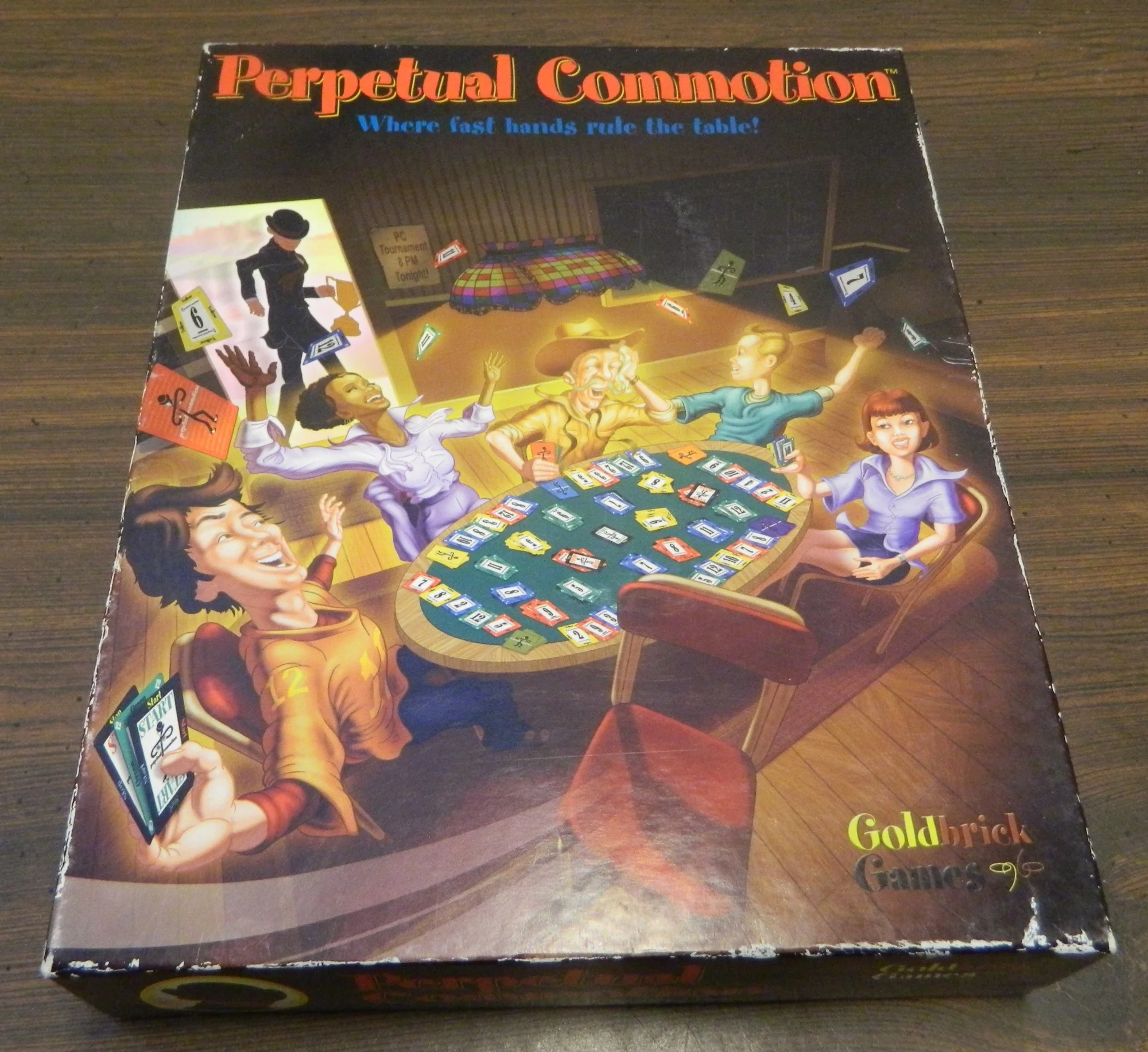
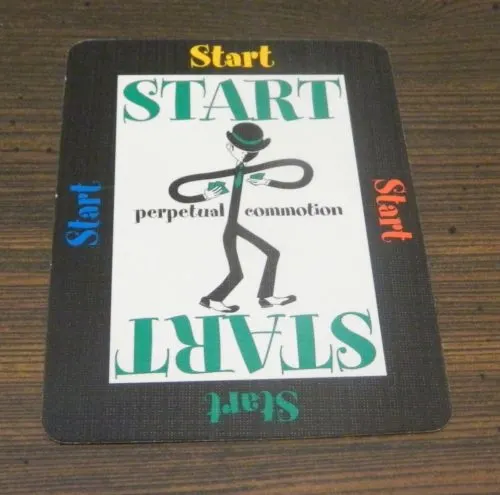
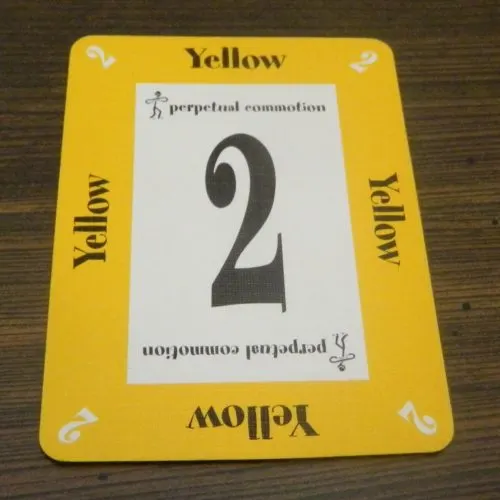
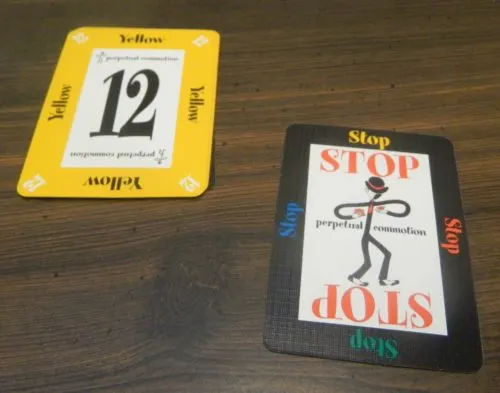

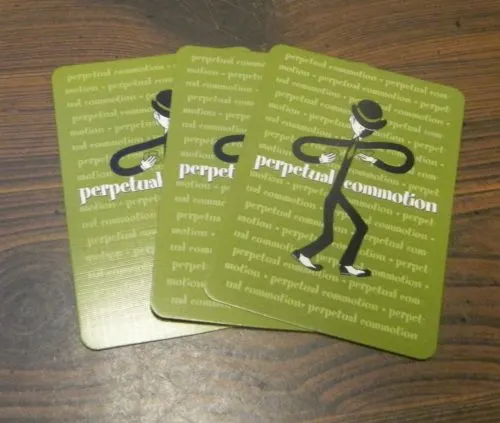
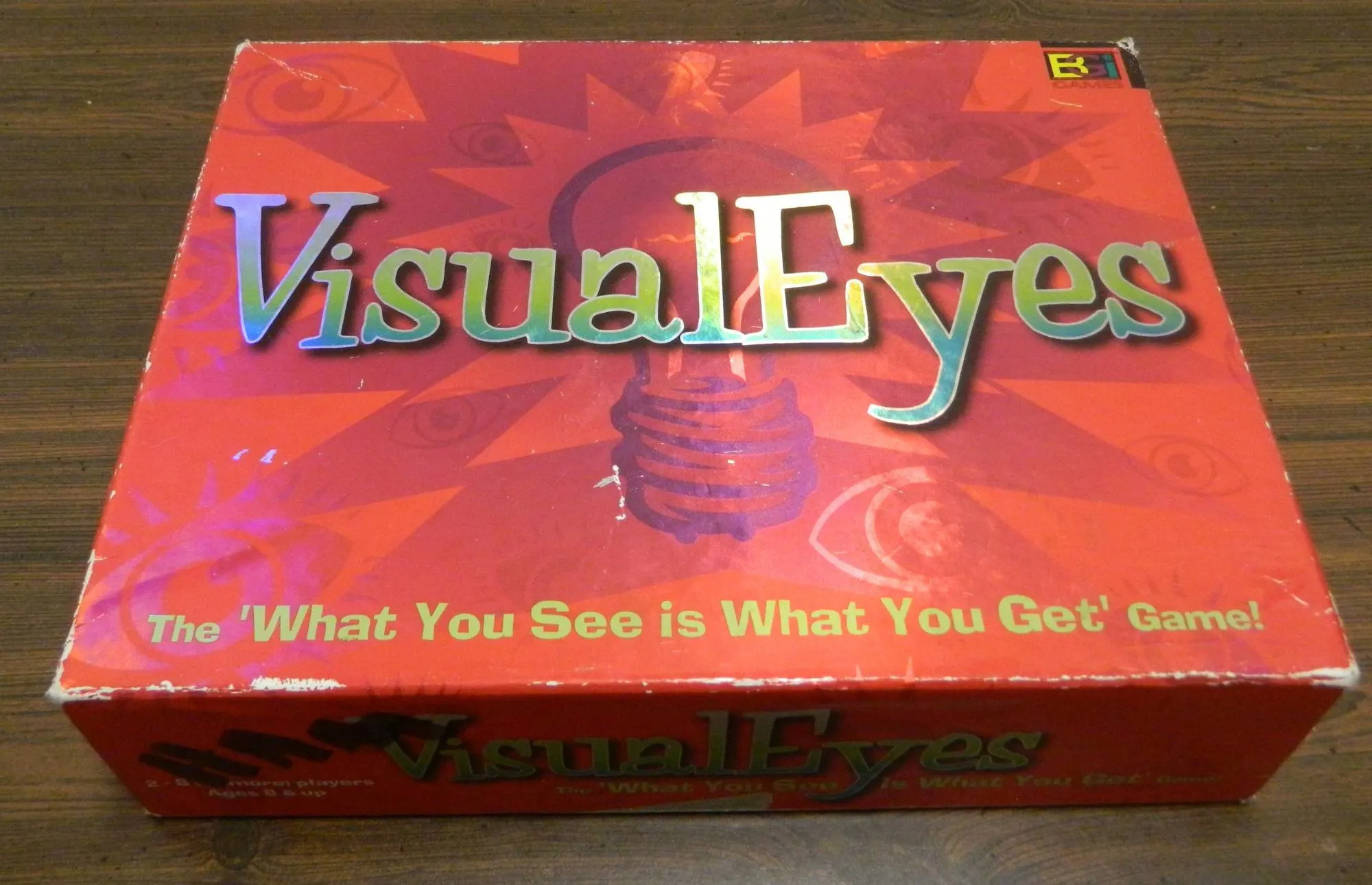
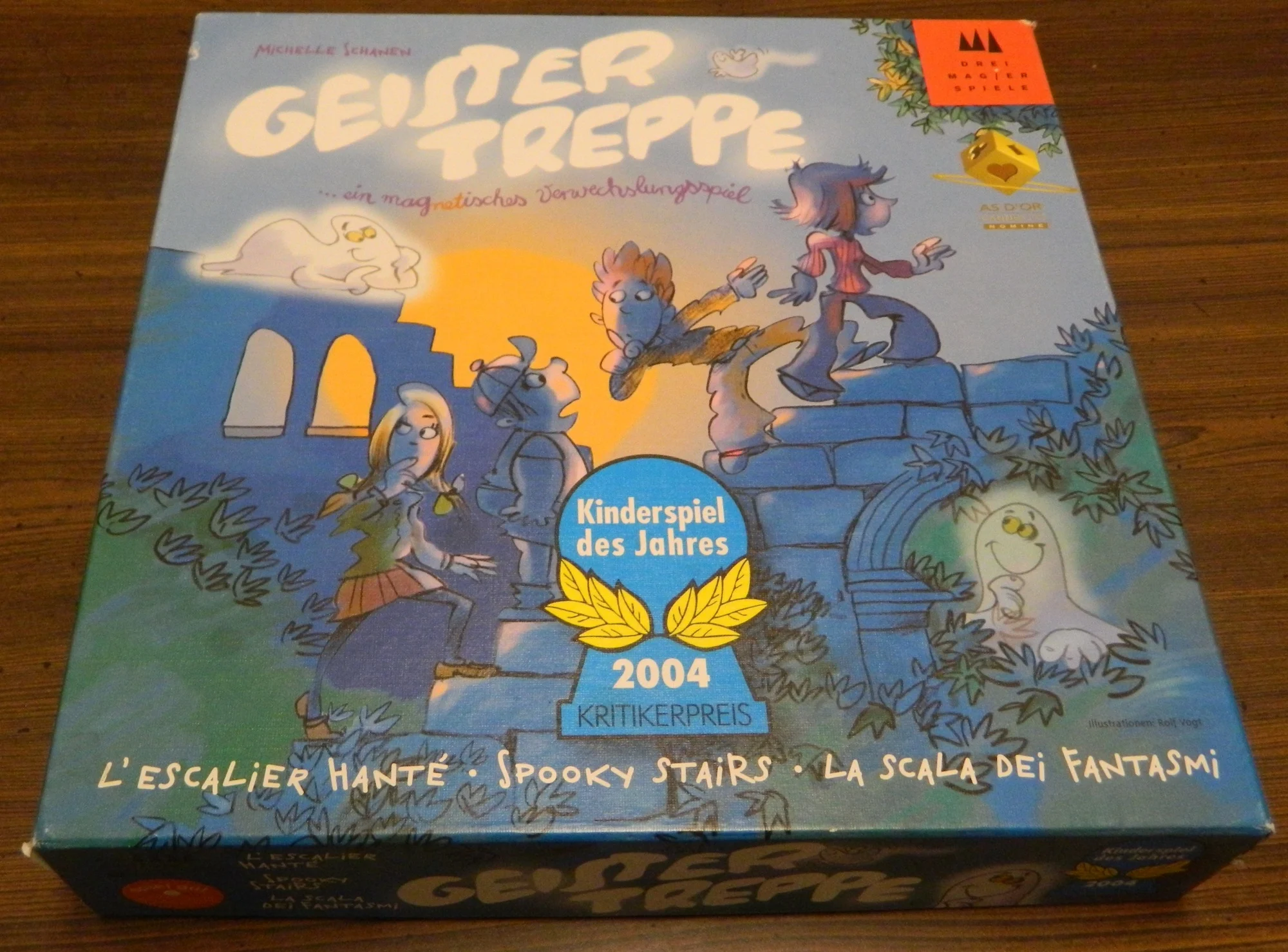
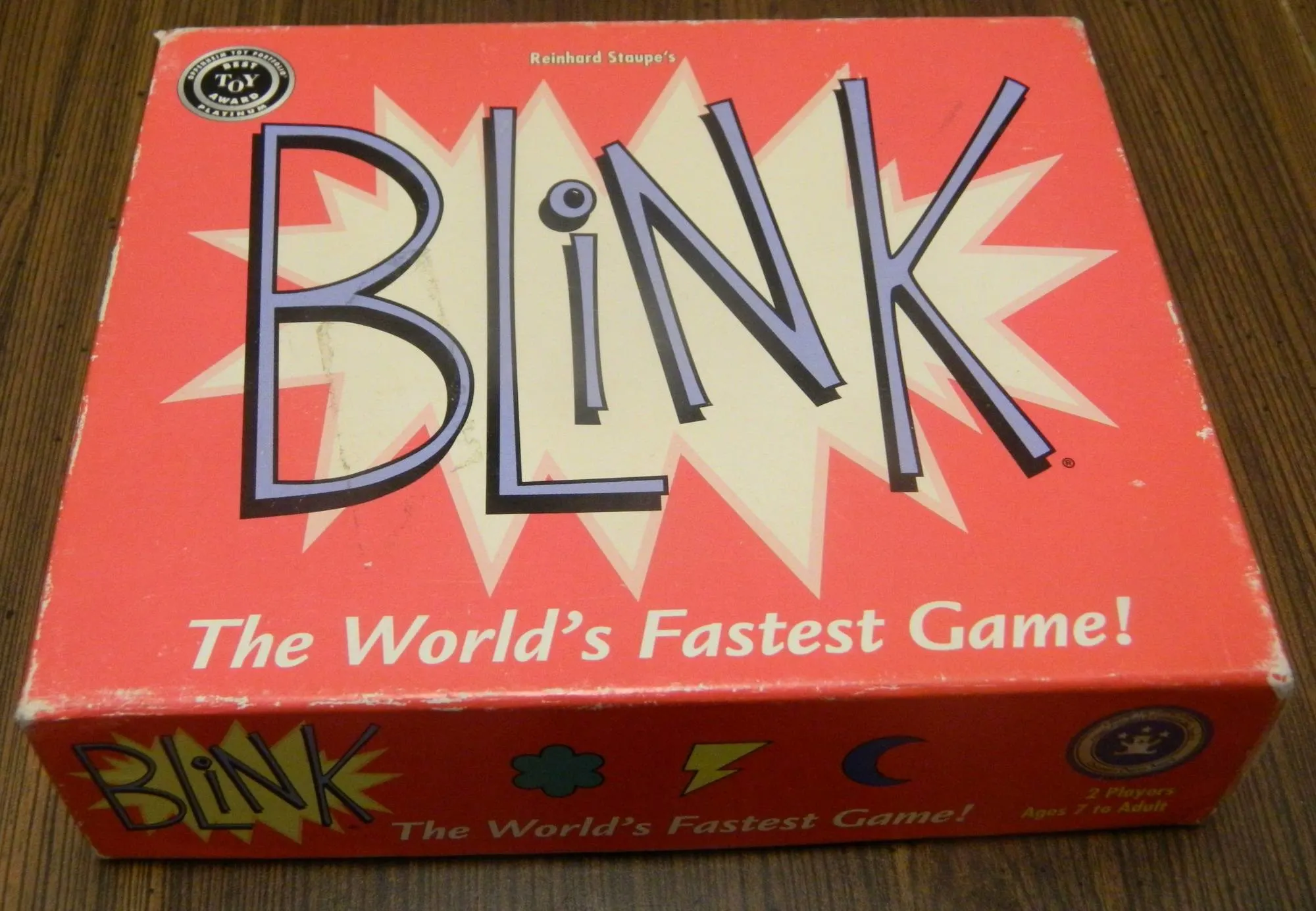
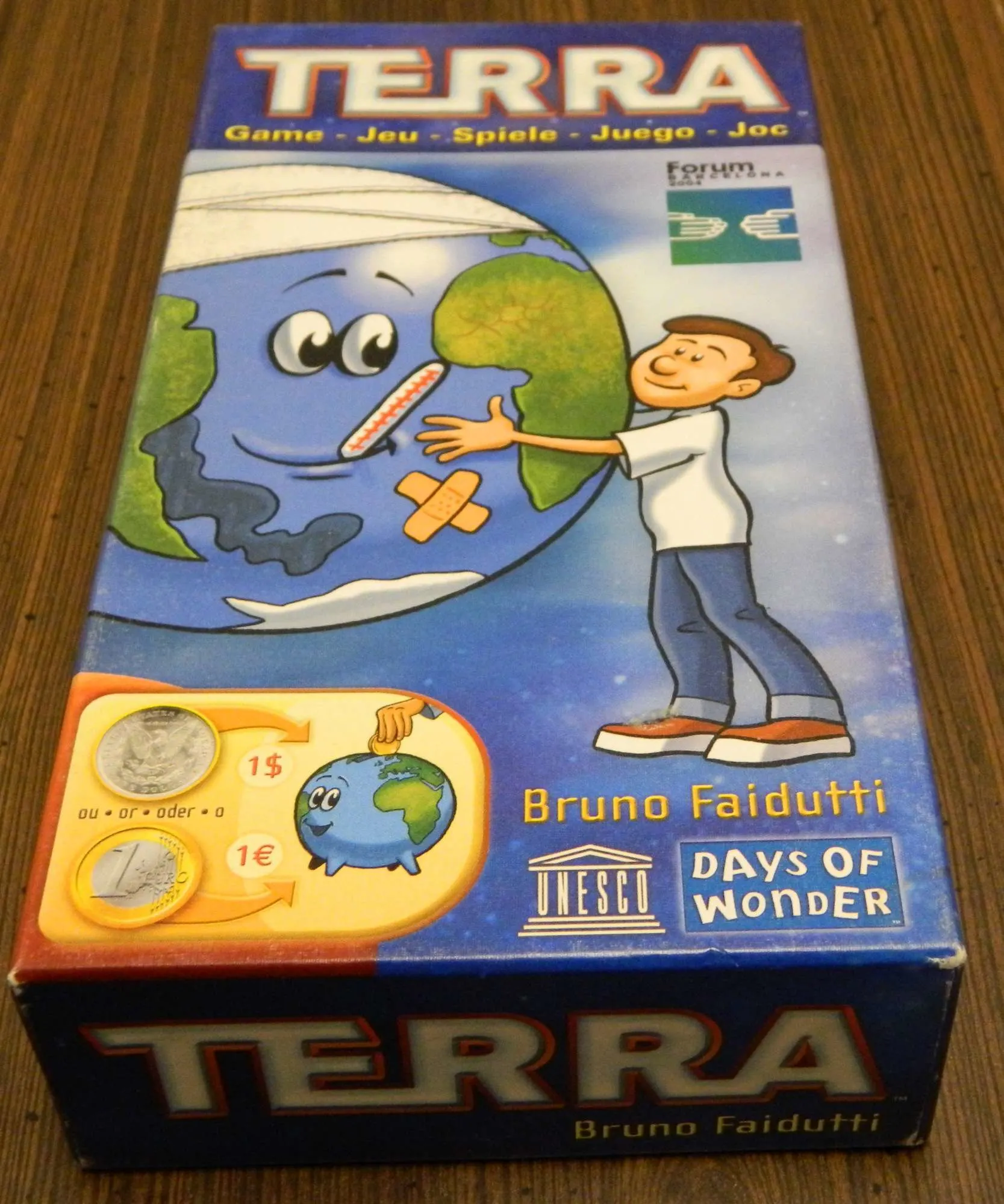
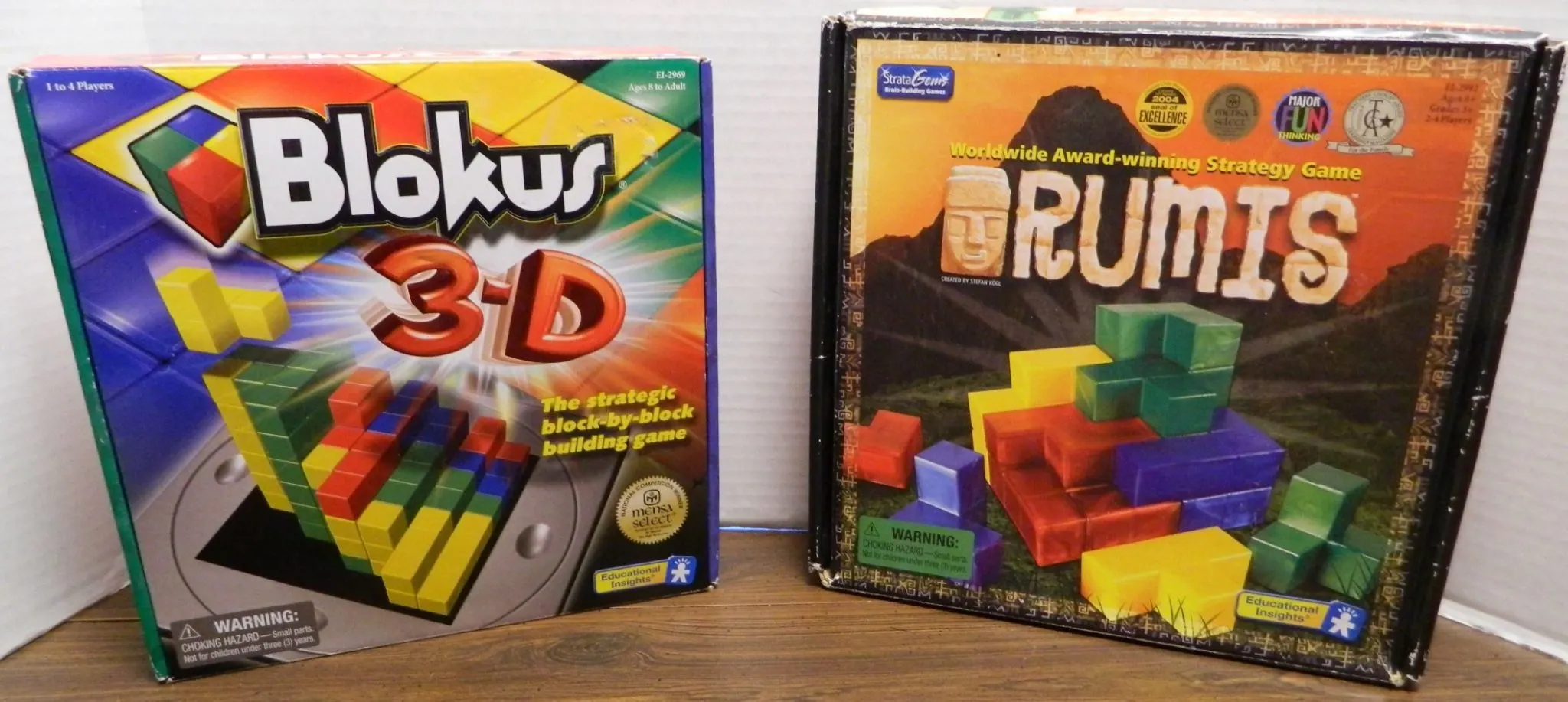
the_stars_will_fade
Monday 2nd of September 2019
It's actually super chaotic with more than four people. I've only ever played with more than six people, and we will pause in the middle to fix the piles that start to slide all over the place, and also to breathe because you basically don't breathe during the game.
My friends and I call it the chaos card game, because that's what it is!
We also use our own decks of cards with unique backs, so we can sort through them at the end and return each deck to the original owner. It also allows more than six people to play.
Eric Mortensen
Monday 2nd of September 2019
I only played the game with four players, but I could definitely see the game becoming considerably more chaotic with six or more players.